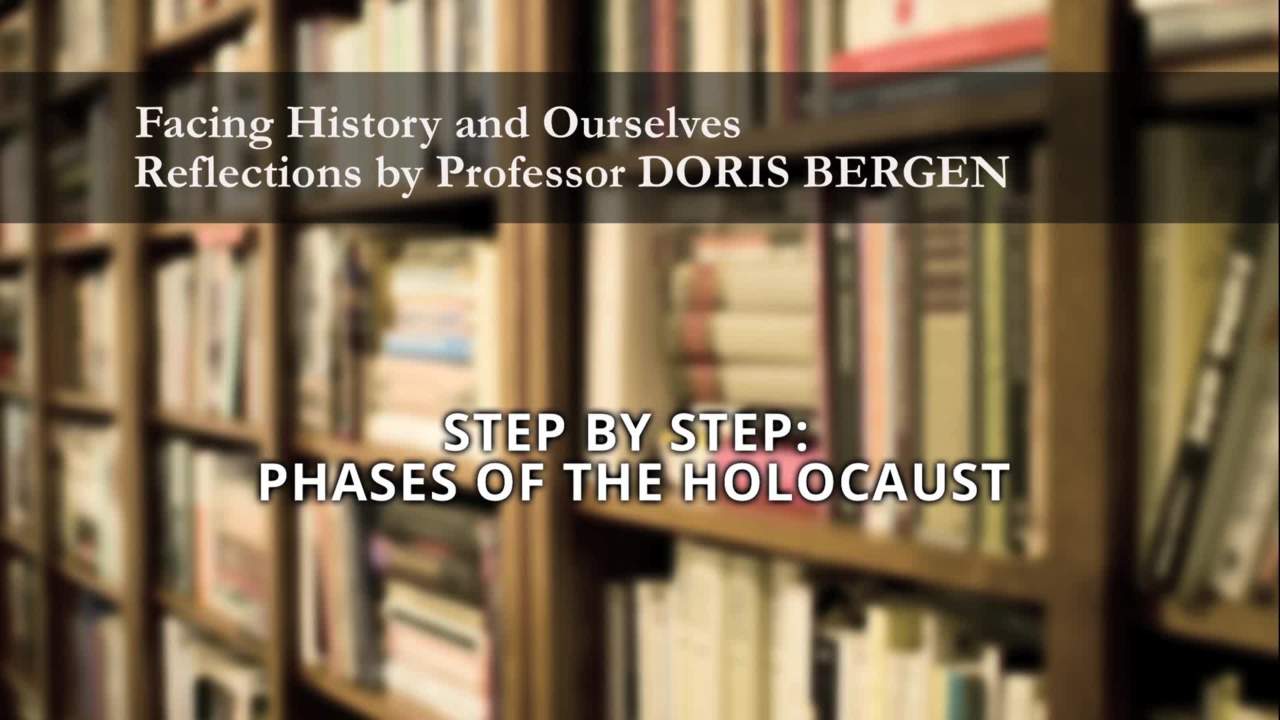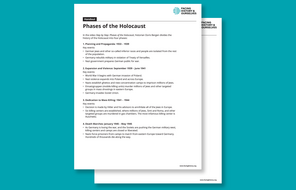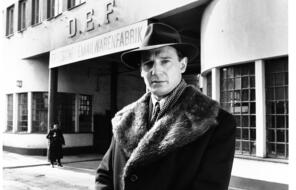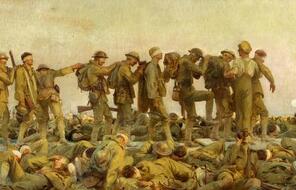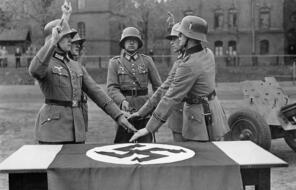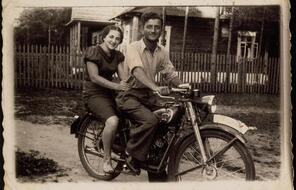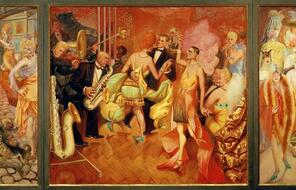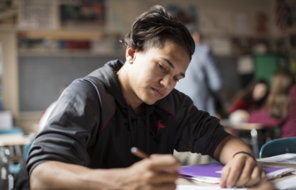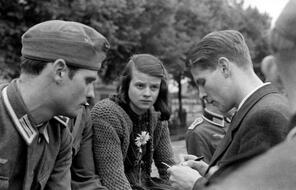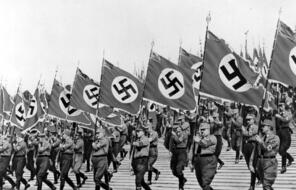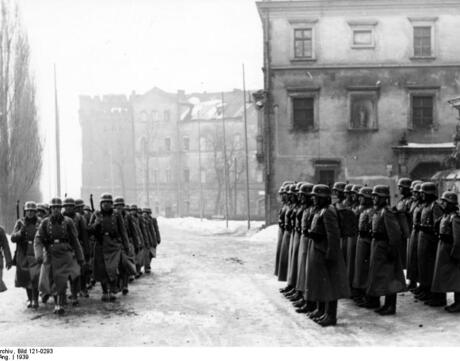
Pre-Viewing: Establishing the Historical Context for Schindler’s List
At a Glance
Language
English — USSubject
- History
Grade
6–12- The Holocaust
Overview
Overview
While Schindler’s List is based on a true story, the film cannot address the full historical context of the events it portrays, for practical and artistic reasons. Many questions may surface for students as they watch the film: What was the Holocaust? What was its relationship to World War II? Why are Jews being targeted for deportation and death? Offering some answers to these anticipated questions, and introducing the history of ideas, events, and decisions that shaped the world of Schindler’s List, will enrich students’ experience and understanding of Spielberg’s film as they view it.
The resources in this lesson trace the roots of the Holocaust from the long history of the ideology of anti-Judaism and antisemitism to the rise of the Nazis in Germany in the 1920s and 1930s and the evolving persecution and murder of Jews and other targeted groups throughout Europe under the cover of war. The activities in this lesson can be adapted to be taught in one class period or several.
Preparing to Teach
A Note to Teachers
Lesson Plans
Activities
Extension
Materials and Downloads
Pre-Viewing: Establishing the Historical Context for Schindler’s List
Pre-Viewing: “Take This Giant Leap”: Preparing to Teach Schindler’s List
Viewing: Watching Schindler’s List
Unlimited Access to Learning. More Added Every Month.
Facing History & Ourselves is designed for educators who want to help students explore identity, think critically, grow emotionally, act ethically, and participate in civic life. It’s hard work, so we’ve developed some go-to professional learning opportunities to help you along the way.
Exploring ELA Text Selection with Julia Torres
On-Demand

Working for Justice, Equity and Civic Agency in Our Schools: A Conversation with Clint Smith
On-Demand

Centering Student Voices to Build Community and Agency
On-Demand


